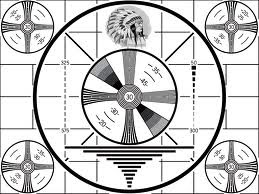Lies
My Teacher Told Me by James Loewen, 1995, Excerpts
Native American ideas
may be partly responsible for our democratic institutions. Democracy is an
example of syncretism, combining ideas from Europe and Native America. Native
ideas of liberty, fraternity, and equality found their way to Europe to
influence social philosophers such as Thomas More, Locke, Montaigne,
Montesquieu, and Rousseau. Through 150 years of colonial contact, the Iroquois
League stood before the colonies as an object lesson in how to govern a large
domain democratically.
American Indians are
directly or indirectly responsible for the public-meeting tradition, free
speech, democracy, and all those things which got attached to the Bill of
Rights. Without the Native example, do you really believe that all those ideas
would have found birth among a people who had spent a millennium butchering
other people because of intolerance of questions of religion?
For a hundred years
after our Revolution, Americans credited Native Americans as a source of their
democratic institutions. Revolutionary-era cartoonists used images of Indians
to represent the colonies against Britain. Virginia’s patriot rifle companies
wore Indian clothes and moccasins as they fought the redcoats. When colonists
took actions to oppose unjust authority, as in the Boston Tea Party, they chose
to dress as Indians, not to blame Indians for the demonstrations, but to
appropriate a symbol identified with liberty.



